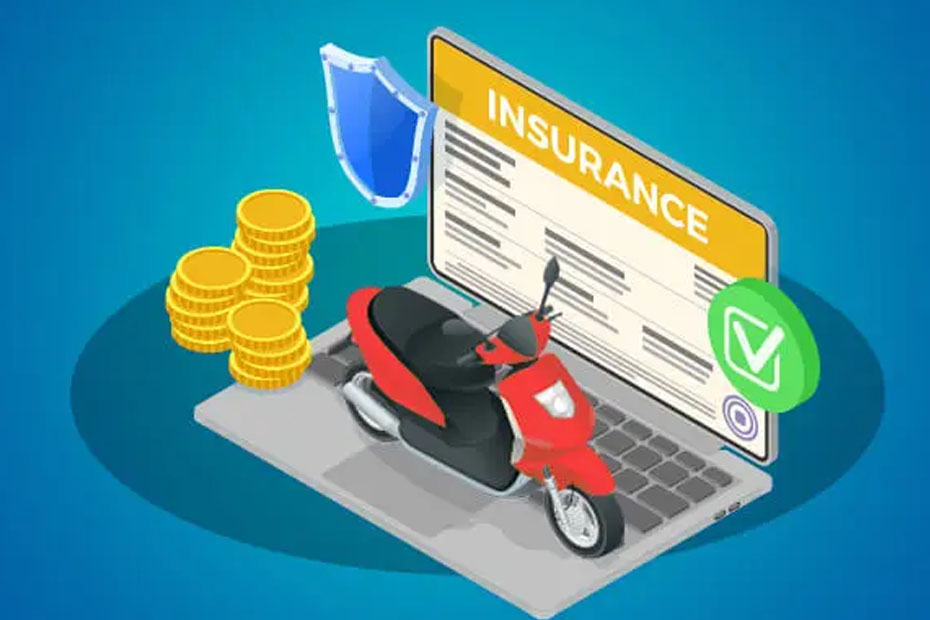Automobile insurance is purchased to protect vehicles from losses incurred in collisions. The owner of a vehicle is guaranteed compensation through insurance in the event that damages are brought on by mishaps or other natural disasters.
Depending on a number of variables, insurance covers differ in many ways. One kind, referred to as insurance for two-wheeler that offers third-party cover, is required by the Indian government. The second option, which offers extended coverage, is referred to as comprehensive insurance coverage.
Due to the greater protection, they provide compared to third-party coverage, which only promises two-wheeler insurance coverage to third parties involved in accidents, comprehensive covers are always preferred.
What is IDV?
IDV, or Insured Declared Value, is the highest amount assured, as determined by the insurer, that is provided in the event that a vehicle is stolen or completely destroyed. IDV, in a nutshell, is your two-wheeler’s current market value. It is typically calculated based on the model and version of the two-wheeler’s initial quoted selling price from the manufacturer (including any additional accessories). After correcting depreciation for each year, it is decided. The amount of your two-wheeler insurance claim that is due in the event that your two-wheeler is stolen or suffers severe damage that renders it unsalvageable is determined using IDV. This is why having the appropriate IDV coverage for your vehicle is crucial. For the aforementioned use, an auto insurance calculator should be used. *
Additionally, these insurance policies shield you from both partial and complete damages. A “total loss” is a situation in which the vehicle sustains irreparable damage; theft is also covered under this. The amount paid to the policyholder in this situation is based on the insured declared value or IDV. *
The process by which an asset’s value decreases over time is called depreciation. Depending on how long the bike has been in use, a standard formula is used to determine the depreciation of a vehicle. The manufacturer’s selling price is subtracted from the depreciation value to determine the IDV, which is then used to determine how much should be paid to the policyholder. *
Simply put, a two-IDV wheeler is inversely correlated with its age, meaning that as the vehicle gets older, its IDV decreases. *
To understand insurance for a two-wheeler, it is also crucial to understand the following terms.
- No-claim bonus: This is a concession on the premium cost for renewing two-wheeler insurance. If you didn’t file any claims throughout the preceding policy period, you get this. *
- Zero depreciation coverage: This is a supplemental insurance option on a comprehensive insurance policy that eliminates depreciation from the calculation of the total amount to be paid in the event that the covered vehicle is partially or completely damaged. To acquire this add-on, you will have to pay a small premium, but you will get the full amount without depreciation. *
- Third-party cover: You are financially protected against any harm you might do to a third party’s person or property, and any associated legal responsibilities are also covered. *
- Own damage: Accidental or natural calamities like floods, earthquakes, etc.-related damages to your vehicle are covered. *
- Personal accident coverage: This unique insurance coverage shields the policyholder from any accident-related injuries or fatalities. Vehicle owners in India are required, under the Indian Motor Tariff, 2002, to obtain this type of third-party liability insurance. *
IDV is important in two-wheeler insurance as it determines coverage and premium. It’s the max payout for total loss or theft, calculated as current market value minus depreciation. Higher IDV means higher premium & coverage, lower IDV means lower premium & limited coverage. It is simple to find an online two-wheeler insurance premium calculator that can assist in determining the overall cost of a two-wheeler insurance policy. *
* Standard T&C Apply
Insurance is the subject matter of solicitation. For more details on benefits, exclusions, limitations, terms, and conditions, please read the sales brochure/policy wording carefully before concluding a sale.



